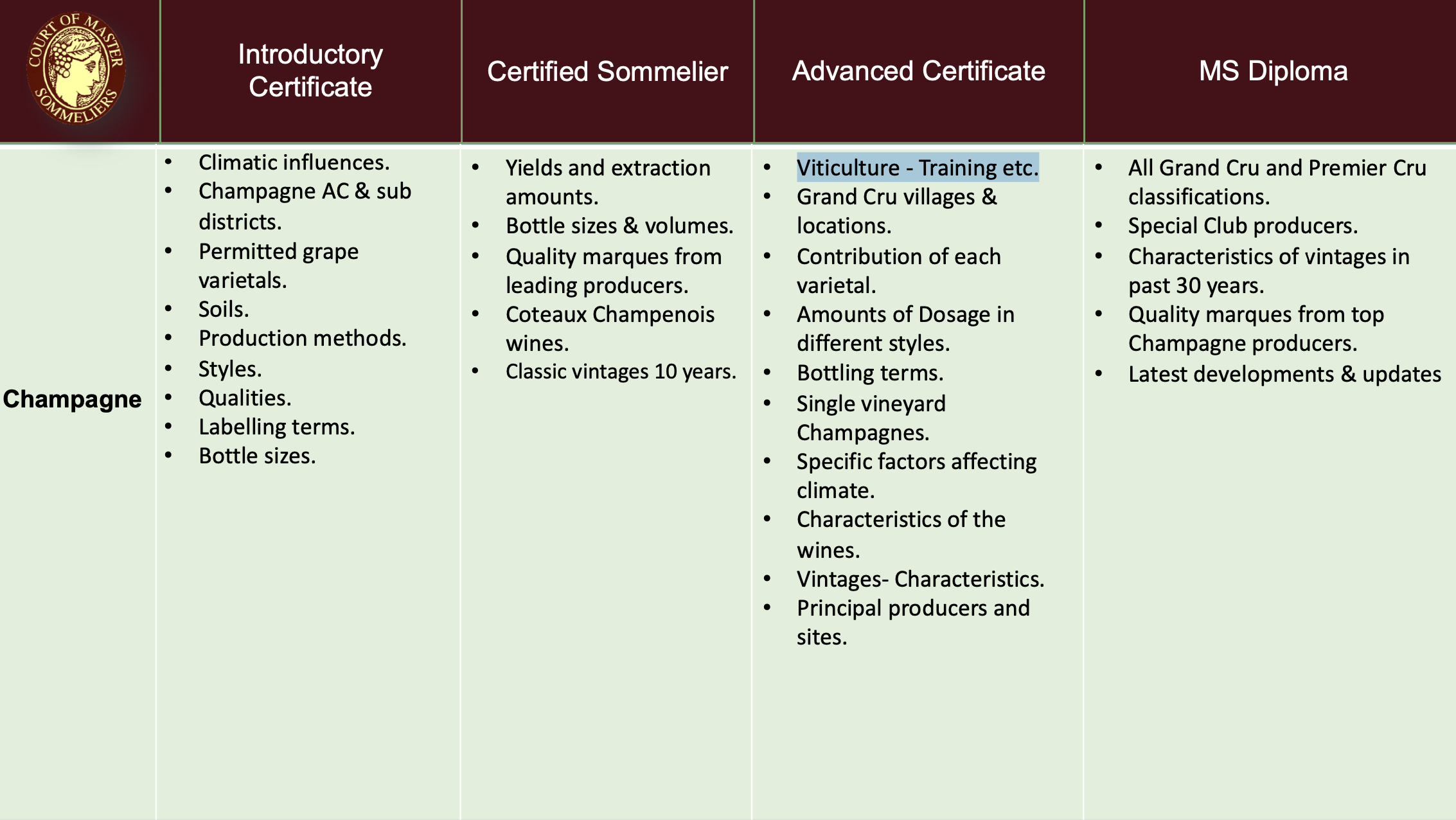Vineyard Practices in Champagne:
Understanding vineyard management in Champagne can be complex, but we've simplified it. From planting to pruning, discover how these practices shape the character of your favorite bubbly.
Let's dig into the essentials of Champagne vineyard management.
Planting Regulations:
Vines are planted close together: max 1.5 meters between rows and 0.9 to 1.5 meters within a row.
Overall, the vine spacing doesn't exceed 2.5 meters.
This results in about 8,000 vines per hectare.
High yields are acceptable for sparkling wine grapes, as intense flavors or ripe tannins aren't necessary.
Training, Pruning, and Trellising:
Regulated since 1938, with four main systems approved:
a) Taille Chablis (ideal for Chardonnay):
3-4 cordons (old wood branches), sometimes up to 5.
Each cordon has a spur with up to five buds.
Spurs are kept close to the ground (max 0.6 m) to benefit from the soil's reflected heat and light.
b) Cordon du Royat (used for Pinot Noir and Meunier):
Features a single cordon with spur-pruned shoots positioned vertically.
c) Guyot (used in lesser-rated vineyards for all grape varieties):
Involves a replacement cane system.
Both single and double Guyot methods are allowed.
d) Vallée de la Marne Method (similar to Guyot but with more buds):
Now less commonly used.
The average limit for fruiting buds is 18 per square meter for all these systems.

